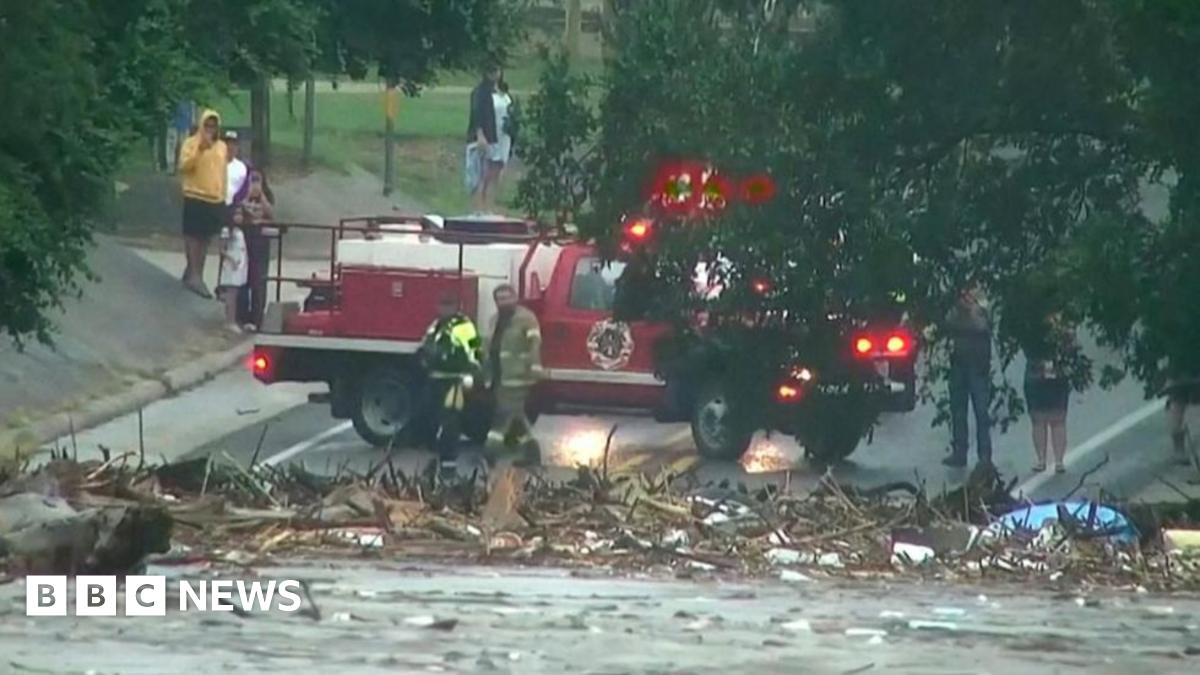A Year On: Bangladeshis Hold onto Hope Amidst Ongoing Turmoil

One year since a wave of protests swept across Bangladesh, the scars of that period remain deeply etched in the memories of many. For Hibzur Rahman Prince, the chilling image of police wielding shotguns, tragically firing upon a young protester standing beside him, continues to haunt his waking hours. While the initial fervor of revolution has subsided, the underlying grievances that fueled the movement haven't disappeared, and a quiet determination persists among many Bangladeshis to fight for a more just and equitable future.
The protests, which began in late 2022, were sparked by a confluence of factors: rising inflation, concerns about democratic backsliding, and widespread allegations of corruption within the government. Initially, the demonstrations were largely peaceful, drawing in students, activists, and ordinary citizens demanding reforms and a more accountable government. However, as the protests gained momentum, authorities responded with increasing force, leading to clashes, arrests, and, tragically, loss of life.
The year following those tumultuous events has been marked by a complex mix of repression and resilience. While large-scale demonstrations have become less frequent, underground networks of activists continue to organize and advocate for change. Many feel the initial momentum of the revolution was stifled by government crackdowns and divisions within the opposition.
“The government tried to portray us as troublemakers, as foreigners instigated the violence,” says Prince, referring to the narratives pushed by state-controlled media. “But the people know the truth. They know we were fighting for our basic rights, for a country where everyone has a voice.”
The economic situation in Bangladesh has also deteriorated, exacerbating the frustrations that underpinned the protests. Rising food prices, unemployment, and a depreciating currency have placed a significant strain on ordinary families. This economic hardship has created a fertile ground for discontent, and many believe that the underlying issues that sparked the protests remain unresolved.
Despite the challenges, there's a palpable sense of determination among those who participated in the protests. They’ve adapted their strategies, focusing on grassroots organizing, raising awareness through social media, and building alliances with civil society organizations. The hope for a better Bangladesh hasn’t been extinguished; it’s simply smoldering, waiting for the right moment to reignite.
The international community has expressed concerns about the human rights situation in Bangladesh and called for a return to democratic norms. However, concrete action has been limited, leaving many Bangladeshis feeling abandoned by the global stage. The coming months will be crucial in determining whether the country can navigate its current challenges and move towards a more inclusive and democratic future. The memory of that young protester, and the sacrifices made by countless others, serves as a constant reminder of the need to continue the struggle for a better Bangladesh.
The story of Hibzur Rahman Prince and the ongoing struggle in Bangladesh is a testament to the enduring power of hope and the unwavering desire for justice, even in the face of adversity. The dream of a revolution may have been deferred, but it hasn’t died.






